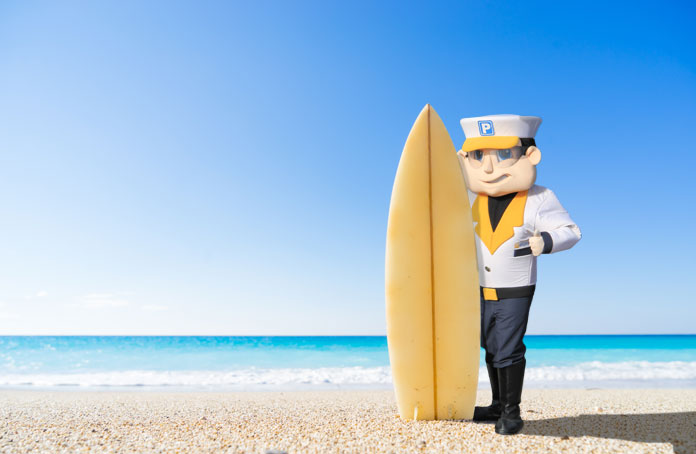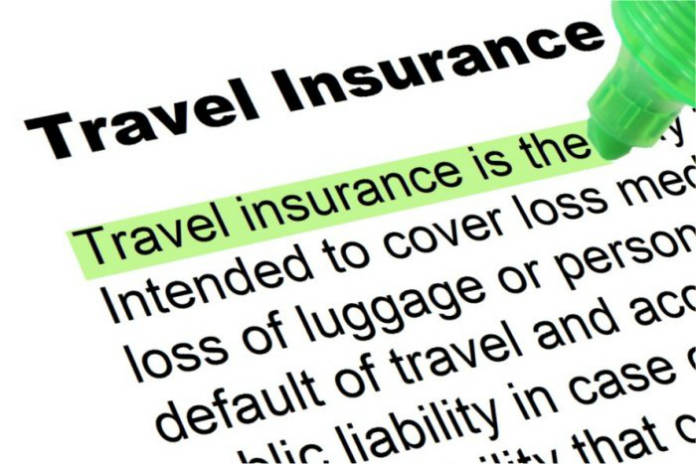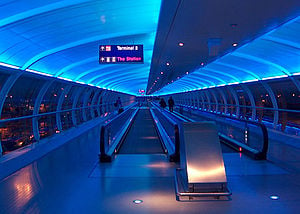While Britain has many coastal surfing areas, our weather is hardly conducive to popular water sports.
This is why many people decide to go abroad when planning a surfing holiday, especially in the winter months!
Surfing is a fantastic and addictive sport that allows you to challenge the waves and, in some countries, get some sun on your back.
However, there are a number of important factors that have to be taken into account when going on a surfing holiday.
Travel Insurance
Many people assume that their standard travel insurance will automatically cover the equipment they take with them.
Sadly, many policies don’t cover this specialist equipment, and you might need to take out a separate policy to ensure that you’re covered for damage, loss or theft.
But there are other tricky aspects to taking your surfing equipment abroad. For instance, some insurance companies will only cover the equipment that personally belongs to you and will not cover the cost of any damaged or lost rental apparatus.
As well as this, some companies won’t reimburse you if the theft is due to carelessness. So if you leave your surfboard on the beach while you go and get an ice cream, you can say bye to your payout!
As with all things of this nature, it all depends on your particular insurance policy, so check the small print and call up to ask if you’re not sure.
If you’ve not yet taken out a policy, use a comparison site like MoneySuperMarket to compare the best deals offered by a range of travel insurance companies, and make sure you check the fine print to determine exactly what you’ll be covered for.
Travelling With Surfing Equipment
Whilst flying to your holiday destination may be the quickest and easiest way, airlines have different allowances and costs in regards to surfing luggage.
If you are interested in finding examples of different insurance policies, here is a selection from some of the most popular airways in the country.
Allowances for Surfing Equipment by Airline
| Airline | Free Hold Luggage Allowance | Maximum Weight Of Free Baggage | Cost to Bring Surfing Equipment | Restrictions |
|---|---|---|---|---|
| British Airways | Free of charge for one bag up to 23kg. | 23kg | Free of charge as part of your checked baggage as long as the total doesn't exceed 23kg. | Surfboard must not exceed max. dimensions (190x75x65cm) or weight (23kg). Surfboard will only be accepted if they have been packed to stop damage. |
| easyJet | No free allowance. You can purchase a hold bags up to 15kg (£6.99–£34.99), 23kg (£9.49–£37.49) or 32kg (Additional £12 per 3kg). | N/A | £45 (online) or £55 (airport) for up to 32kg. | One piece of sport equipment per customer. Total of 6 items per party. |
| Flybe | No free baggage. Prices start at £24. | N/A | £30 | Stand-by basis. Able to accept surfboards up to the following dimensions - E195/E175: 300cm, Q400: 167cm, ATR72/ATR42: 206cm |
| Ryanair | No free allowance. 10kg bag for £10, 20kg bag for £25. | N/A | £55 per surfing item per flight when booked online. £65 per surfing item when booked at airport. | Any item surpassing 20kg maximum rate is subject to additional charges. |
Top Tips from the Experts
When we were trying to find out best practices for safe surfboard transportation, we asked Nicky at Surf Holidays.
He told us that: “It’s always great to bring your own surfboard on a holiday, but make sure you pack it well — as baggage handlers aren’t famed for their delicacy!
“The nose and tail are the most likely places to get damaged, so protect them well. Go down to your local hardware store and get some polystyrene piping to wrap around the edges and also use your towel to cover the board.
“And of course stick a big colourful FRAGILE sticker on your board bag to remind people to be careful with your prized possession!”
Are there any other tips and tricks you’ve used when going on a surf holiday? Let us know in the comments!











